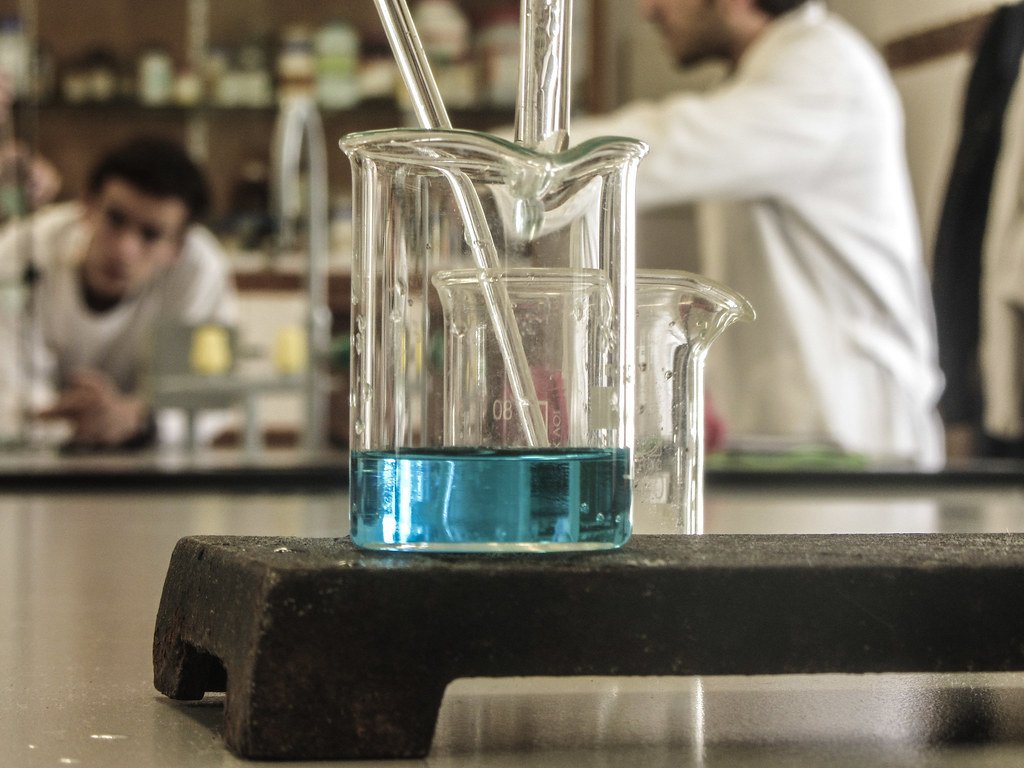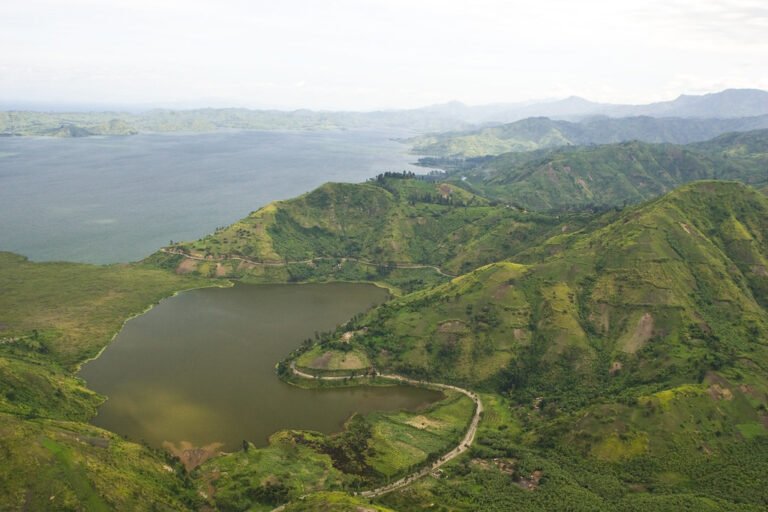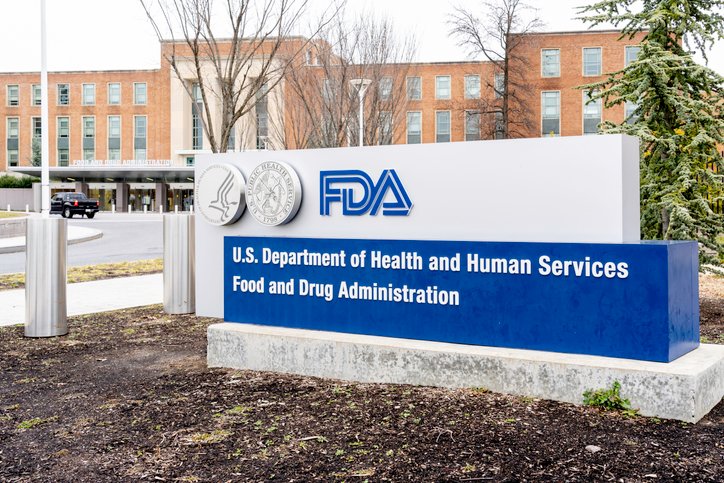
South Dakota government, university plan to start in-state ‘forever chemical’ testing labs
by Makenzie Huber, South Dakota Searchlight
July 1, 2025
Hundreds of samples tested in recent years to determine if “forever chemicals” are tainting South Dakota water had to be shipped overnight to out-of-state labs for analysis.
That’s about to change.
Demand for laboratories to test samples for per- and polyfluoroalkyl substances (PFAS) is growing nationwide, as concerns about the chemicals in drinking water grow. PFAS have been used in industry and consumer products since the 1940s, including in modern products such as nonstick cookware and water-resistant clothing, and don’t break down easily in the environment or in the human body. Research indicates PFAS exposure may be linked to negative developmental and reproductive effects, and an increased risk of some cancers.
South Dakota State University in Brookings plans to become an Environmental Protection Agency-certified laboratory to test environmental samples. The state Department of Health plans to start its own testing program and become certified in drinking water testing.
The Brookings-based East Dakota Water Development District pledged to contribute $53,134 to get the plan started. The district partnered last year with South Dakota Mines, hundreds of miles away in Rapid City, to test for PFAS along the Big Sioux River watershed in the eastern part of the state.
“Driving 15 blocks across town is a lot cheaper and quicker of a delivery system,” said Jay Gilbertson, manager at the district.
Chris Schmidt, director of the Water and Environmental Engineering Research Center at SDSU, said the university already has the instrument needed to test for PFAS compounds: a liquid chromatography triple quadrupole mass spectrometer. The machine is used by the chemistry department to test pharmaceuticals and identify other compounds in materials. South Dakota State tested for PFAS compounds previously in Teflon coating on pots and pans, Schmidt said.
The lab will start testing surface water from interested water districts and then use the same method to test bio solids, plant material and animal tissue, Schmidt said.
“Right now, the science is focused on detecting PFAS in the water and how it got there,” Schmidt said. “But we have to expand that to understand how it functions in the environment, how it moves through groundwater and through the food chain.”
SD tests for ‘forever chemicals’ in rivers to identify, address potential contamination
Testing could expand to brain tissue for possible connections to diseases, SDSU assistant professor and coordinator of the Campus Core Mass Spectrometry Facility M. Nurul Islam told the district board members at their June meeting.
Testing drinking water, Schmidt said, involves different certification. Schmidt said he isn’t currently pursuing that certification, since the state is planning to fill that need.
The Health Department is partnering with the state Department of Agriculture and Natural Resources to develop a testing laboratory, according to a department spokesperson. The laboratory will start receiving testing samples this year.
The department has spent about $56,000 so far on the project. The state Department of Agriculture and Natural Resources did not answer South Dakota Searchlight questions about other costs to implement the program.
Independent Journalism for All
As a nonprofit newsroom, our articles are free for everyone to access. Readers like you make that possible. Will you help sustain our watchdog reporting today?
SUPPORTSouth Dakota Searchlight is part of States Newsroom, a nonprofit news network supported by grants and a coalition of donors as a 501c(3) public charity. South Dakota Searchlight maintains editorial independence. Contact Editor Seth Tupper for questions: info@southdakotasearchlight.com.



